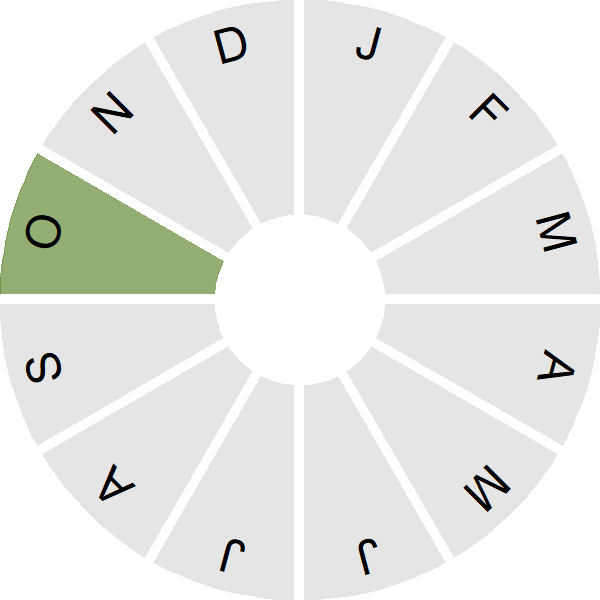Long-toed Stint
Introduction
This small sandpiper breeds in scattered locations throughout Siberia and normally winters in south-east Asia and Australia. It is an extremely rare visitor to Britain.
Key Stats
Status and Trends
Conservation Status
Population Size
Population Change
Population trends of this scarce species are not routinely monitored.
Distribution
This vagrant is too rarely reported to map distribution.
Distribution Change
This vagrant is too rarely reported to map distribution change.
Seasonality
Long-toed Stint is a very rare vagrant; these records relate to one recent individual.
Weekly pattern of occurrence
The graph shows when the species is present in the UK, with taller bars indicating a higher likelihood of encountering the species in appropriate regions and habitats.

Movement
Britain & Ireland movement
Biology
Survival and Longevity
Survival is shown as the proportion of birds surviving from one year to the next and is derived from bird ringing data. It can also be used to estimate how long birds typically live.
Classification, names and codes
Classification and Codes
- Order: Charadriiformes
- Family: Scolopacidae
- Scientific name: Calidris subminuta
- Authority: Middendorf, 1853
- BTO 2-letter code: OX
- BTO 5-letter code: LOTST
- Euring code number: 5030
Alternate species names
- Catalan: territ menut siberià
- Czech: jespák dlouhoprstý
- Danish: Langtået Ryle
- Dutch: Taigastrandloper
- Estonian: siberi risla e. siberi rüdi
- Finnish: siperiansirri
- French: Bécasseau à longs doigts
- German: Langzehen-Strandläufer
- Hungarian: hosszúujjú partfutó
- Icelandic: Sportíta
- Irish: Gobadáinín Ladharfhada
- Italian: Gambecchio minore
- Latvian: garpirkstu trulitis
- Lithuanian: begikas mažylis
- Norwegian: Langtåsnipe
- Polish: biegus smuklonogi
- Portuguese: pilrito-de-dedos-compridos
- Slovak: pobrežník dlhoprstý
- Slovenian: dolgoprsti prodnik
- Spanish: Correlimos dedilargo
- Swedish: långtåsnäppa

